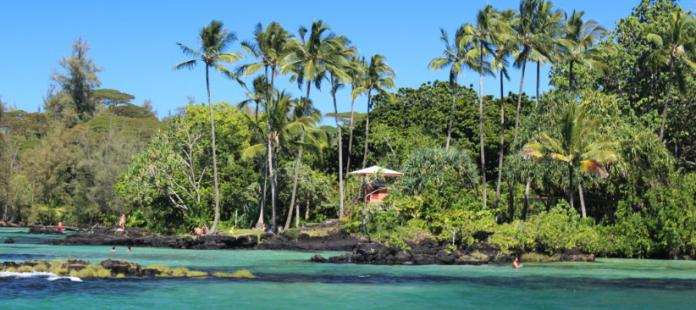Innergex’s Kahana Solar has gained Hawaiian Public Utility Commission approval after the West Maui Preservation Association withdrew its complaint, seemingly ending a year with thousands of pages of filings and local complaints. A mediator led negotiation defined the financial benefits for the community.
Kahana Solar has agreed to deliver a legally enforceable, fixed commitment fund to benefit the local community totaling $1,375,000 over 25 years. The agreement states that Kahana cannot review which organizations receive money for the first five years. After that period, it can give feedback and verify aligned missions.
The groups also agreed that Kahana would give preference to hiring qualified laborers from West Maui, Maui County, and the State of Hawaii, in that order, for construction and operations/maintenance employment, before hiring non-resident laborers. Additionally, at least 80% of non-supervisory construction and operations workers’ hours must be paid at prevailing wages.
Innergex said in its filings it is common for it to offer 1% of a project’s revenue to the local community.
The solar power facility signed a 25-year fixed price agreement to sell its electricity at roughly 8.9¢/kWh. The retail price of electricity on the Hawaiian Island is around 35¢/kWh. The facility will export an estimated 74,621 MWh in its first year of operation. The Public Utility Commission said the maximum revenue paid to the facility will be $6,677,000 per year.
The 20 MWac site will contain around 90,000 solar modules at 400 watts of greater, – totaling 36 MWdc, according to a 2019 site plan. The module count could fall as module wattage has increased in the past two years.
As is now required for all utility solar power plants in Hawaii, the facility will also contain an energy storage facility equal to the peak solar power grid output, plus four hours of storage, equal to 20 MW/80 MWh.
With an annual output of 74,000 MWh and a solar module volume of 36 MWdc, the facility will have a power production ratio of just over 2.0 and a DC to AC, solar panel to inverter capacity, ratio of 1.8 to 1.






